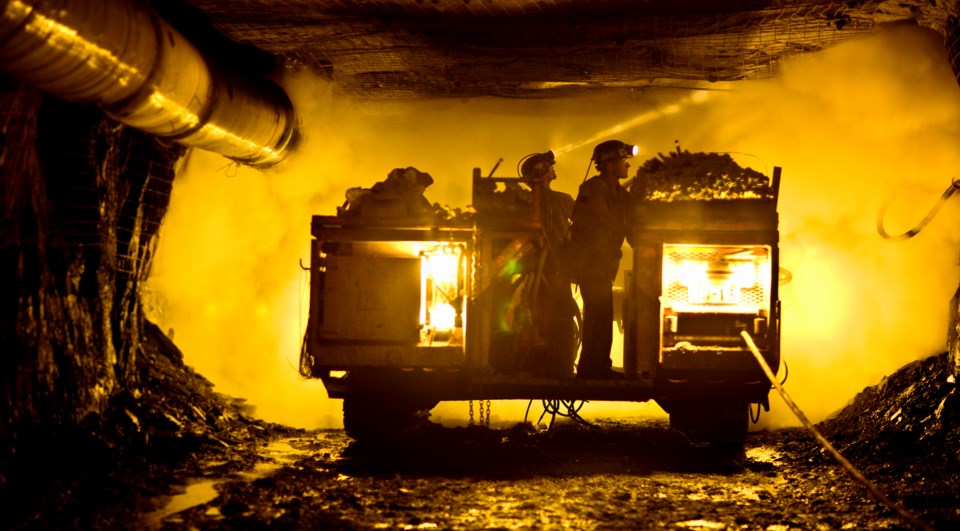In almost every sector, permitting timelines are out of control. At the largest level, building a mine can take almost a decade to permit in our province. The delays cause a significant negative economic impact.
While perhaps smaller in scale, delays to the exploration sector are exceedingly frequent and painful. In the past, the Ministry of Energy Mines and Low Carbon Innovation (EMLI) held a goal of 60-day permitting timelines. Currently, a majority of projects receive permits in around five months, although some applications have taken as much as three years for drilling programs. The average turnaround for a permitting decision is 140 days, but delays on many applications can take several months or even years. The lost opportunities of limiting exploration today mean that the critical minerals mines of the future will also be delayed, directly impacting our province’s future resource security.
The history of our province demonstrates just how interlinked exploration and mining are. In fact, nine out of 10 critical minerals mines were discovered by prospectors, and one by a junior company.
Although a mineral exploration project is much smaller in its scale and timeline than a fully operational mine, it still provides employment to an average of 38 people. Those people matter.
This summer I travelled the province talking to the people working in exploration. From walking the land and looking for minerals with a rock hammer and hand lens, to meeting the young geologists working in core shacks, I found nothing but passion for our industry.
In places like Osoyoos, Kamloops and Williams Lake, I found people who had an environmentally focused, reconciliation-centric approach to the work they did. In short, these are people who want to explore, and they care deeply about doing it right.
Sadly, time and time again I heard stories about permitting delays and moving regulatory goalposts. For companies that are trying to raise capital for exploration programs, the brief window of the summer exploration period is critical. When those windows are missed, money can’t be raised, and small companies just can’t survive.
I spoke to two brothers working for Titan Diamond drilling who welcomed me onto their site and explained the work they do and how they ensure it’s done to the highest environmental standards. When I asked them what a permitting delay means in their work, they told me about being unable to close on buying a home as the result of not being able to have the work they were planning to do. In a province facing an affordability and housing crisis, this is simply unacceptable.
I also spoke to companies like Atlas Drilling and Cat/Finning who provide equipment and services for the industry. In the community of Kamloops these businesses employ over 400 people combined. Both located on Tk’emlúps te Secwepemc reservation land, they are key economic drivers for the region. When permits are delayed there is a ripple effect through these communities. Lost economic opportunity isn’t just a number in an economic report. It’s a parent’s ability to buy Christmas presents or pay their mortgage.
It’s easy to complain about permitting timelines, but both industry and government must come together to tackle this crisis. In our most recent election, Premier David Eby and the BC NDP acknowledged that permitting times are a problem.
They went further to acknowledge how they would speed up timelines for mining. Borrowing from their mining platform, the NDP must act to: Guarantee permit review timelines; expand dedicated support for critical mineral exploration projects; and find ways to enable Indigenous participation, partnerships and capacity building. These ideas are a good start, but more action is needed.
Tackling the permitting crisis will take time and effort. Now is the time to act—not only for mineral exploration, but for mining, natural gas, forestry and all resource projects. For the future of ÎÚÑ»´«Ã½ it’s time to explore and build.
Keerit Jutla is president and CEO of the Association of Mineral Exploration.



.png;w=120;h=80;mode=crop)
